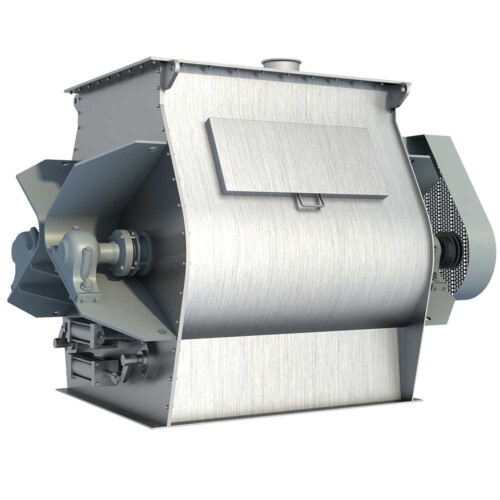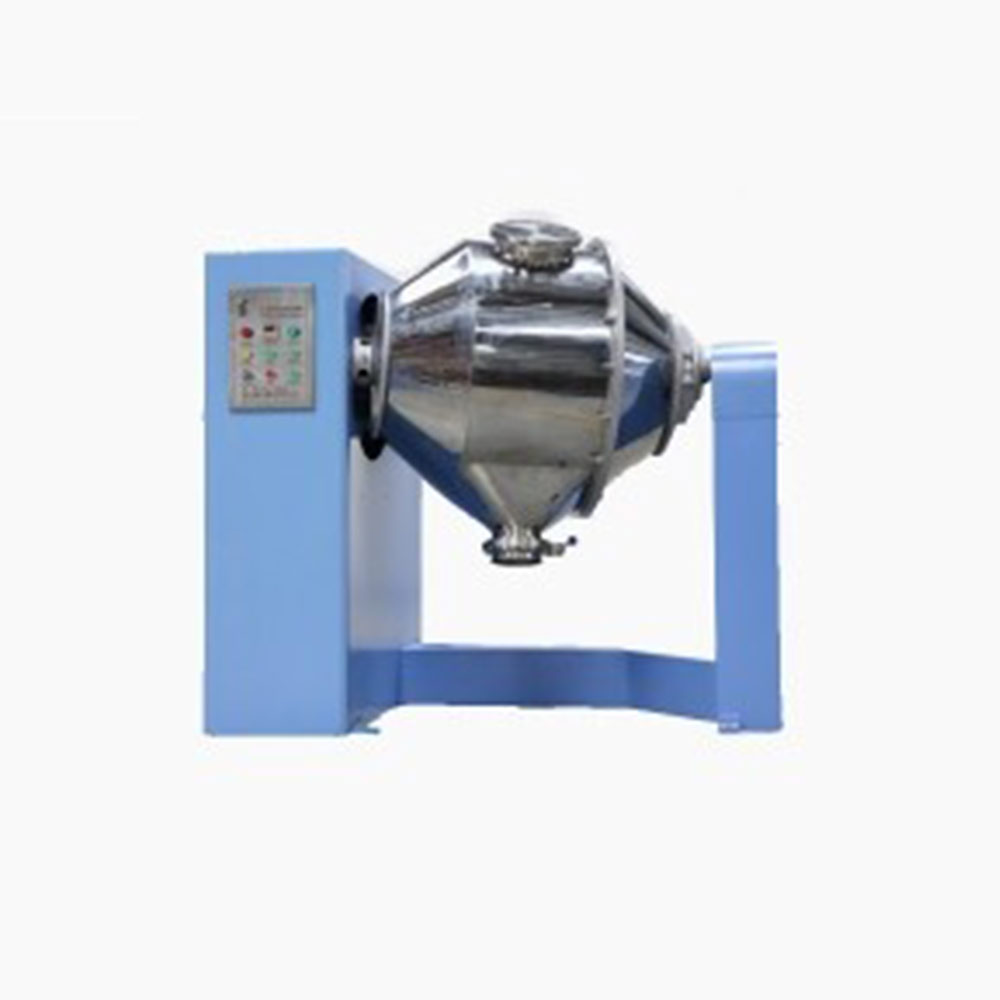Ask An Expert
Frequently Asked Questions
Yes, We can supply simple stand alone panels or automated PLC controlled systems. We normally install and test all controls on our mixers before they are shipped.
Yes, we normally test the mixers before they are shipped and mark out the wire need to connect on the control box.
We manufacture specialty mixing equipment for powder & bulk materials. Included are ribbon blender, plough mixer, conical screw mixer, twin shaft paddle mixer, V blender, double cone blender and other auxiliary equipment such as screw conveyor, quantitive auger filler.
We sell across the world, our cusotmers distribute 5 continents.
Share Us With Your Network
Which materials is suit for using double shaft paddle mixer?
The objective of any mixing process is to distribute and blend the materials with different characteristics, different quantities as evenly as possible resulting in a homogenous mixture. Twin shaft paddle mixer’s main task is to produce a homogenous mixture, independent of size, shape and density, in shortest possible time.
The mixing cycle occurs in three phases: charging the mixer, the mixing process, and discharging. The sequence in which the individual materials to be mixed are filled into the mixer can have a huge impact on the efficiency of the mixing cycle. The mixing cycle overlaps the charging process and the discharge cycle follows the mixing cycle. To achieve optimum results, effective discharging methods should be taken into consideration to avoid risks of segregation. Twin shaft paddle mixer employs two axis of mixing interior rotate to different directions according to a stable apex speed. This motions the materials to be mixed in a screw-like pattern both along the mixing shafts and on each shaft in opposite directions. On the ends of both shafts the mixing paddle are positioned in a counter direction so they can transport the mix onto the opposing shaft. This way, the materials are constantly rotating around the trough. At this time, material in paddle mixing chamber is concentrated on the center part from the bottom of mixer. And therefor, the effective volume of mixing room increases, as the effective volume increase, the collision and rubbing between materials decrease. This result in an intensive three-dimensional movement of material.
A comparison with other mixing system also shows advantages towards drive power and reduced energy consumption. Due to the rapid mixing time, the twin-shaft utilizes less power per batch. The benefits of the twin-shaft paddle mixing technology become even more popular with larger mixing batch size and larger machine capacity application.
In summary, for fragile materials, gentle mixing required materials, mixing action requires uniform homogeneous consistency at rapid mixing rates with reduced operational cost, the twin shaft paddle mixer is an ideal solution.
Ask An Expert



















